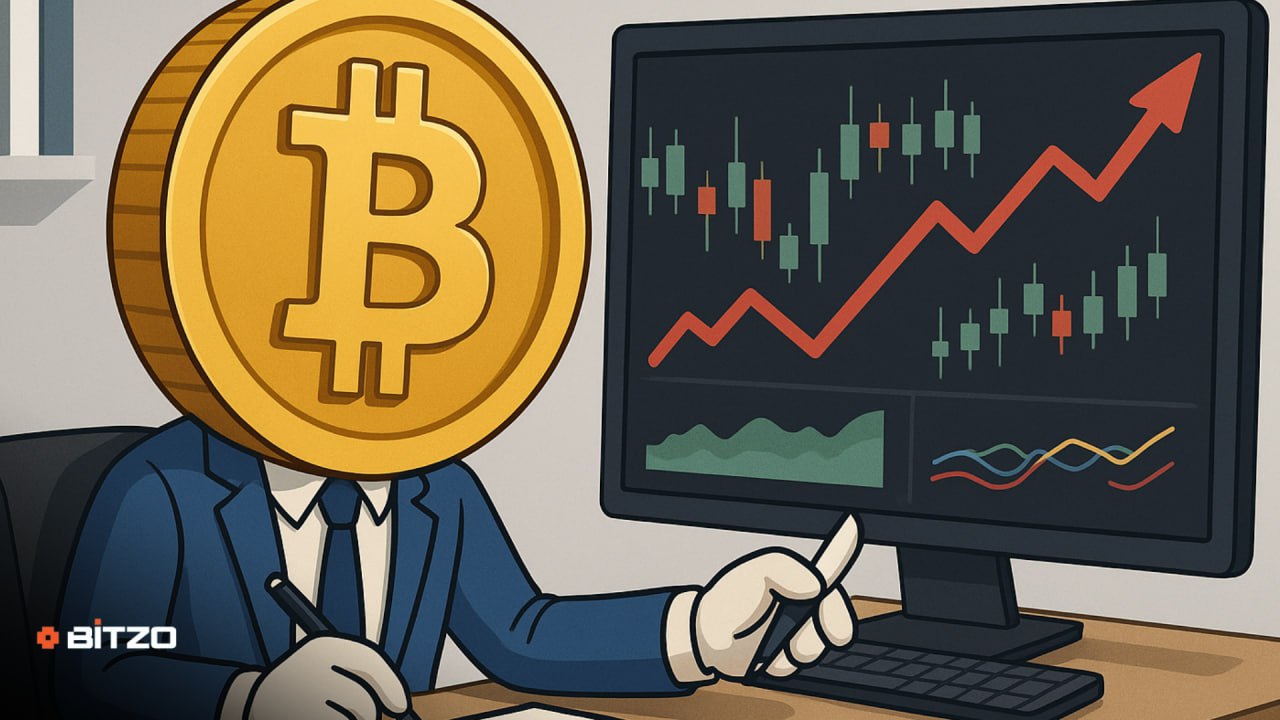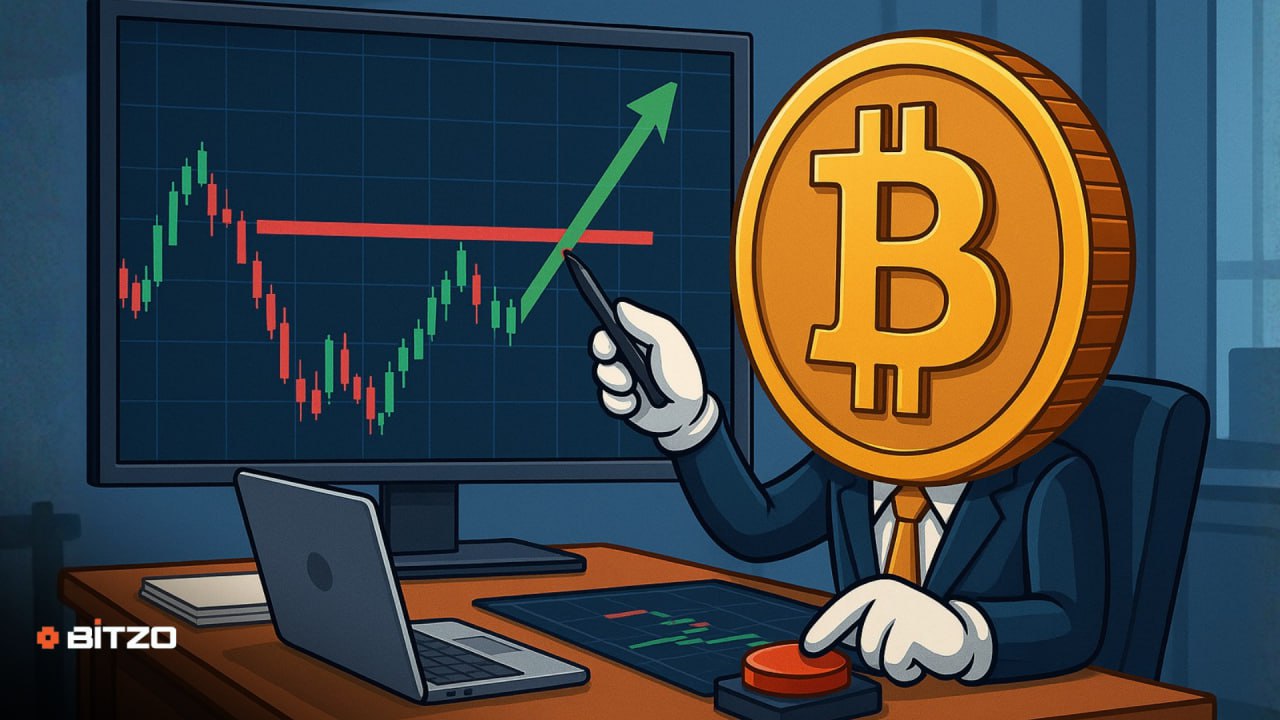Table of Contents
- Quick Summary - Understanding Options Trading
- Getting Started with Options Trading
- Understanding Call Options
- Grasping Put Options
- Strategies for Trading Options
- Purchasing Call Options (Long Calls)
- Acquiring Put Options (Long Puts)
- Selling Covered Calls
- Investing in Protective Puts
- Alternative Basic Options Strategies
- Pairing Assets with Put Options
- Implementing Protective Collars
- Executing Long Strangles
- Utilizing Vertical Spreads
- IV. Pros and Cons of Engaging in Options Trading
- Benefits
- Drawbacks
- Final Thoughts
- Common Questions about Options Trading
- 1. Is Options Trading Suitable for Beginners?
- 2. How Does Options Trading Operate?
- 3. Can Options Be Traded on Cryptocurrencies?
- 4. What Differentiates Perpetual Futures and Options in Crypto?
- 5. When Can Options Be Traded During the Day?









